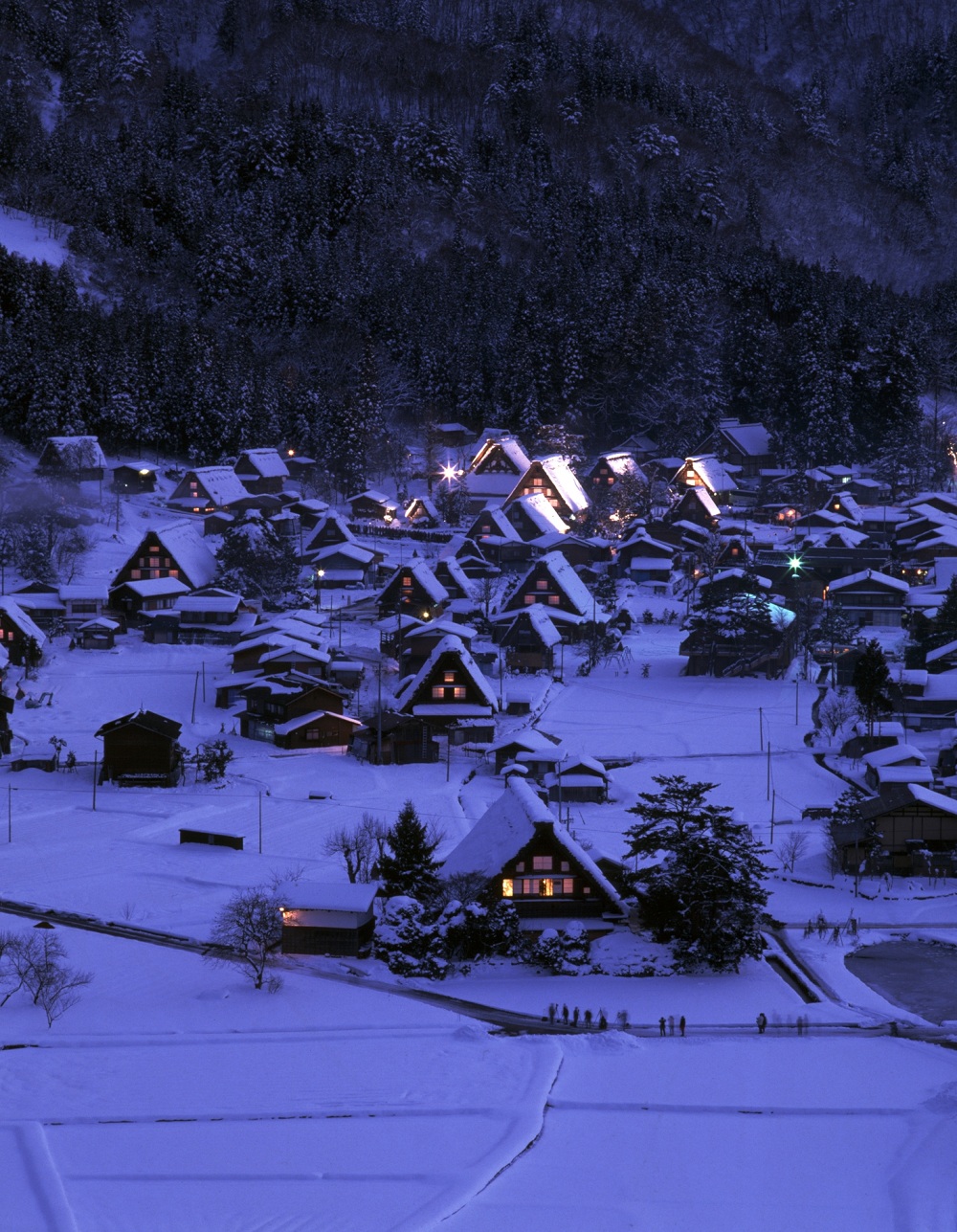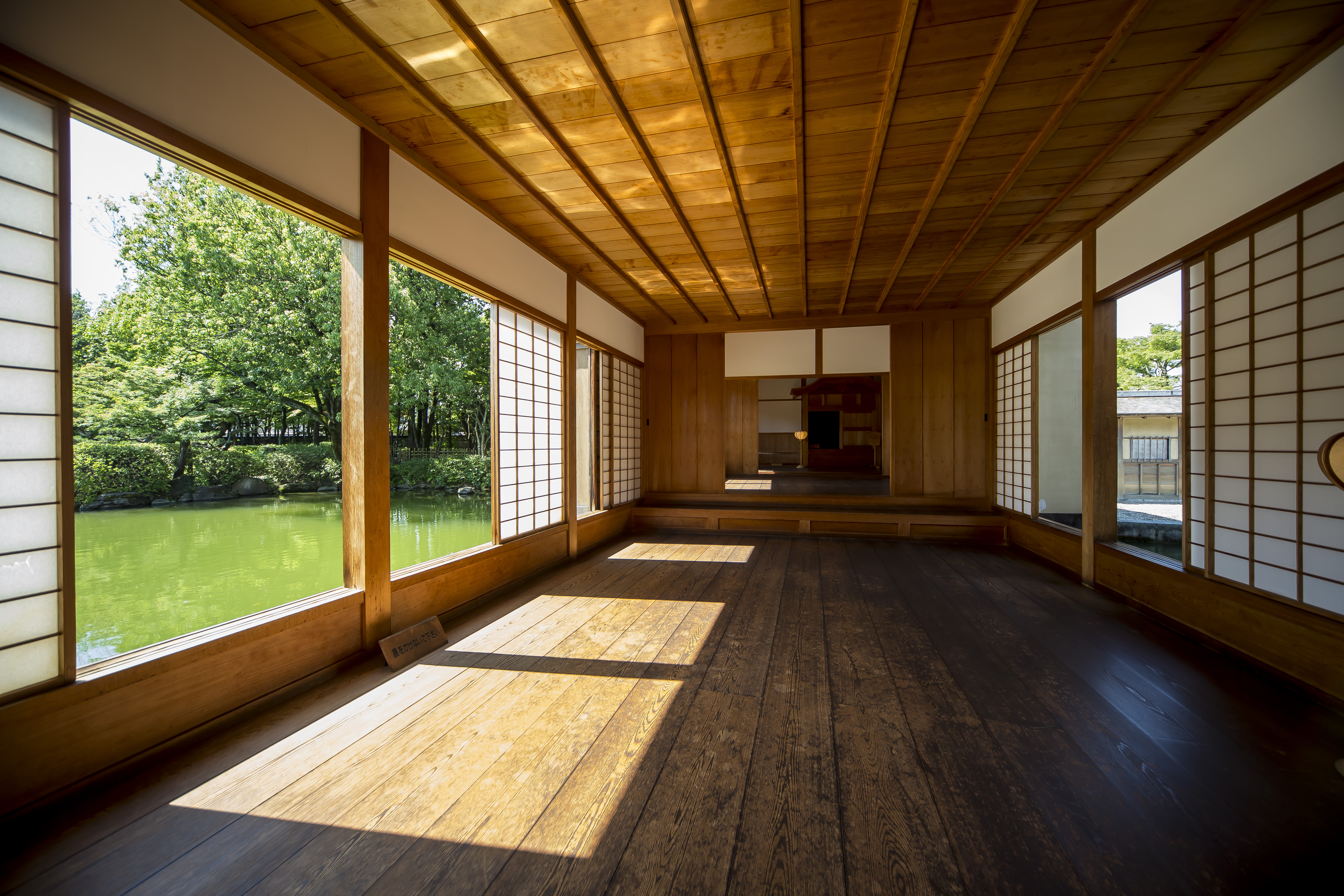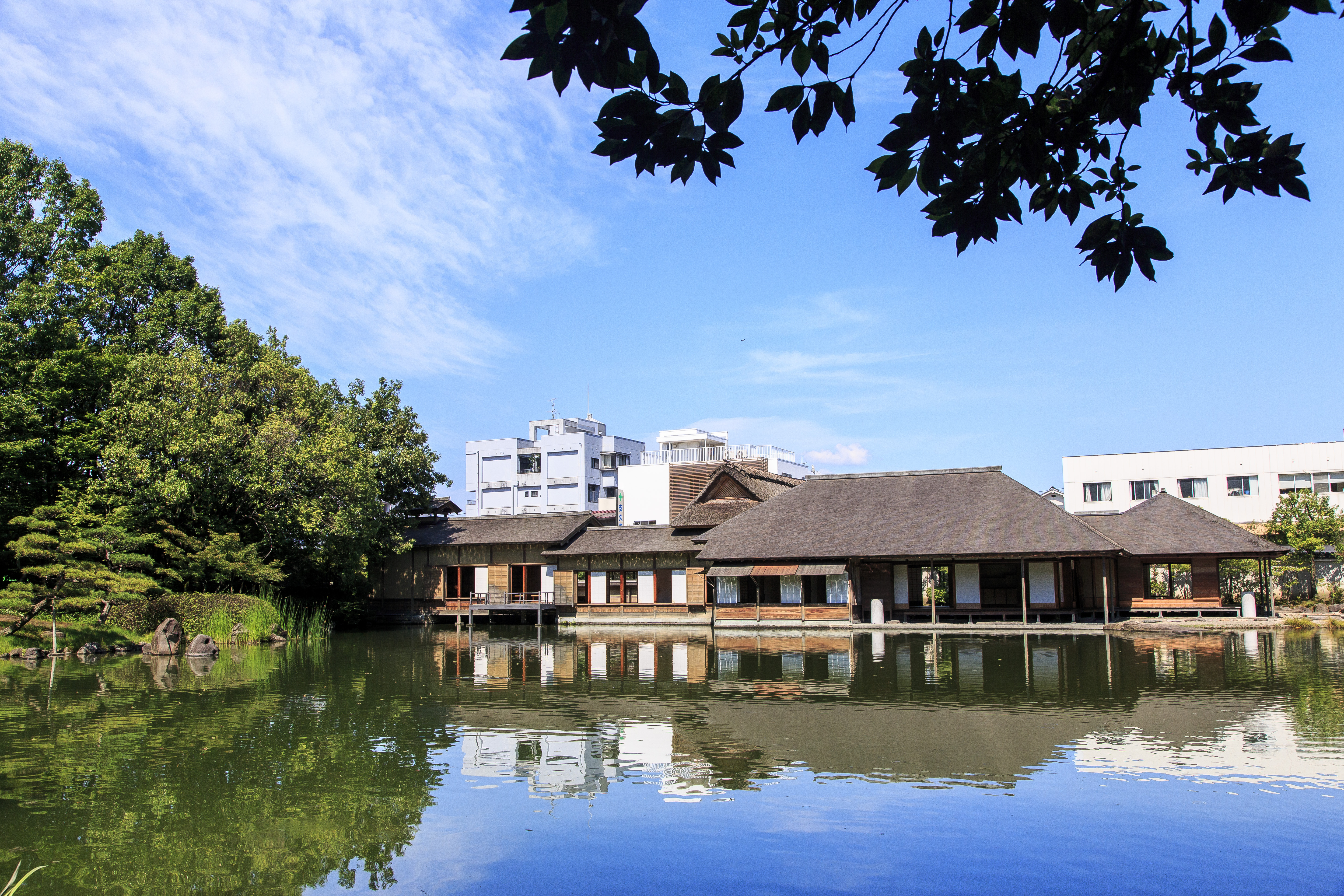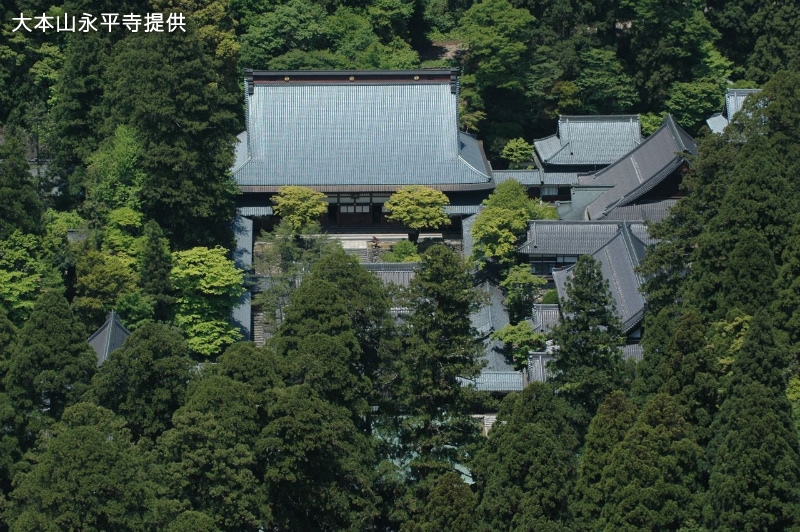Cultural Wonders and Natural Beauty SHORT TRIP7
- FUKUI
- GIFU
The natural beauty of Japan always manages to leave visitors at a loss for words. In its hidden valleys, tiny untouched villages, and Zen temples hidden away in the mountains, you’ll find the perfect blend of both magnificent scenery and cultural treasures. Take in remarkable views at the UNESCO World Heritage site, Shirakawa-go village. Breathe in classic Japanese beauty in the picturesque landscapes of Yokokan Garden. Find harmony with nature at Daihonzan Eiheiji, a head temple in the Soto school where monks train in the perfection of Zen in their daily lives. Seven hundred years of tradition and the temple’s amazing Japanese garden will introduce you to the world of Zen and Japanese aesthetics.
It’s a two and half hour train ride from Nagoya Station to Takayama Station. Wake up early to visit Takayama’s morning market.
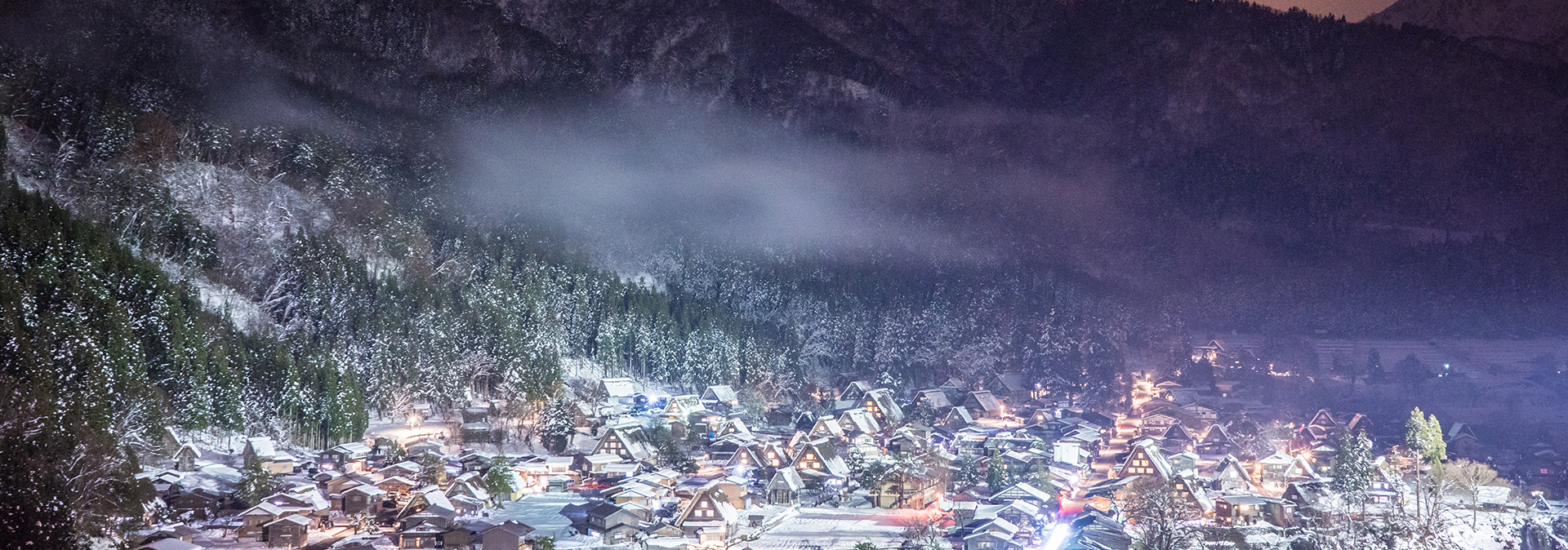
HOW TO GET THERE
Day1


Shirakawa-go
Deep in the mountains of northern Gifu Prefecture lies a picturesque village that could be straight out of a fairytale. Shirakawa-go is home to an amazing collection of traditional farmhouses with steep thatched roofs that dot the green landscape. The houses, built in the gassho-zukuri style have thick thatched roofs that resemble hands clasped together in prayer. While extremely beautiful, the roofs were constructed with function in mind. The steep pitch of the roofs prevents heavy snows from piling up in winter. The straw thatching is at least eighty centimeters thick so it provides good insulation and ventilation. It is also very resistant to rain and other elements. The houses in this UNESCO World Heritage village are designed with a traditional sunken hearth (irori) in a central location. Hearths were used for cooking and heating. Smoke circulated up through the attic and protected the house from insects and pests, while soot from the fires helped make the structure stronger. Many of the farmhouses appear to have three floors, however living space is generally limited to the first floor. Second floor areas are often loft space that was generally used for silkworm cultivation or other household industries. This unique mountain village and its farmhouses are stunning to see during each of the four seasons in Japan.
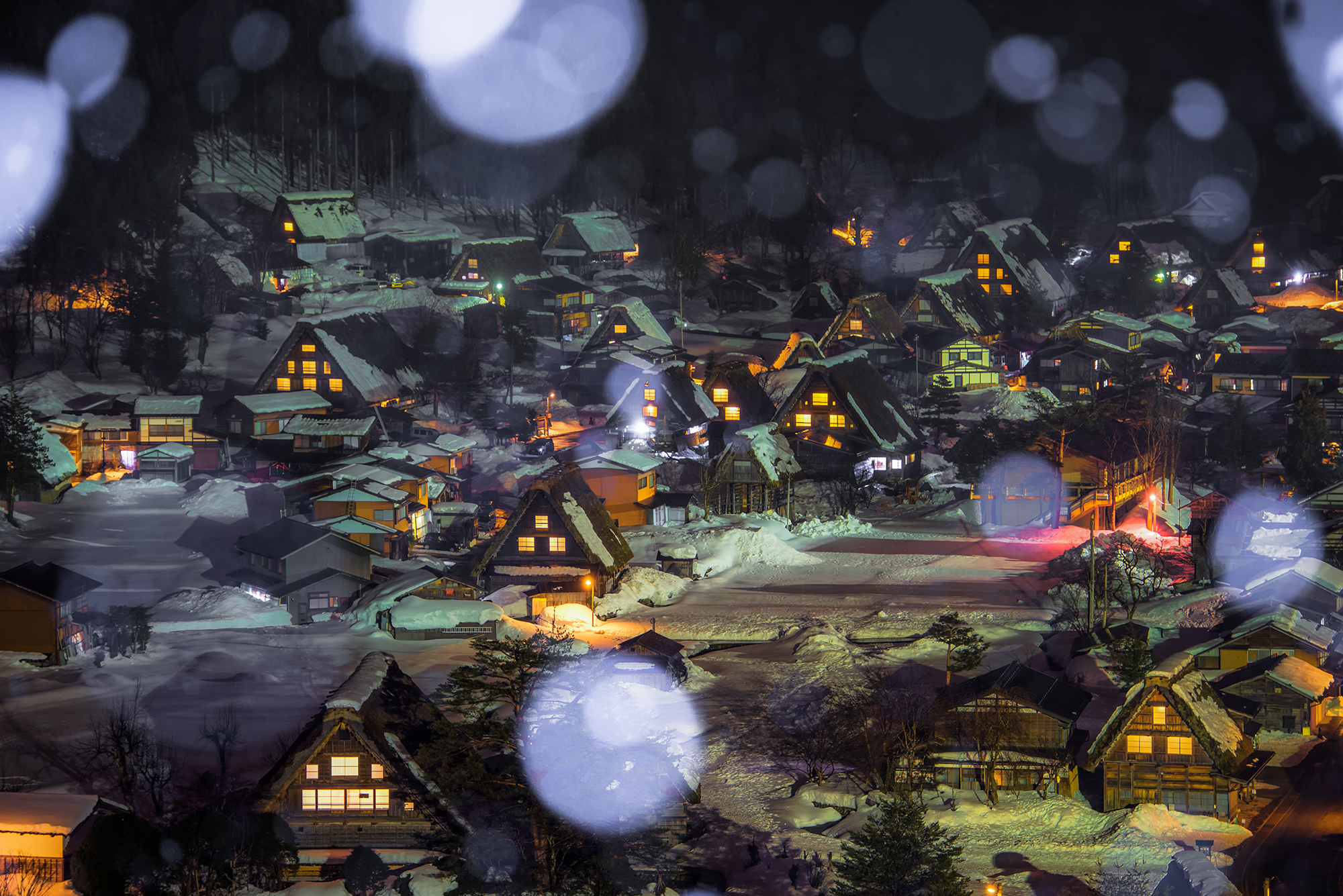
- Address
-
3-12-1 Hoei, Fukui City, Fukui Prefecture
- Site URL
- https://shirakawa-go.gr.jp/en/

Day2
Wada House
A trip to the UNESCO World Heritage Site of Shirakawa-go is not complete until you see one of the iconic gassho-zukuri thatched roof houses from the inside. The Wada House is a designated important cultural asset and the largest farmhouse in the village. Explore the two floors of this thatched house to get a close look at silkworm cultivation exhibits and everyday tools on display. You'll get a glimpse of what life was like in Gifu during the Edo period and insights into the structures of these 300-year-old houses. Before you leave, take a moment, sit down by the traditional sunken hearth or in the courtyard, and be embraced by the peacefulness of Gifu.
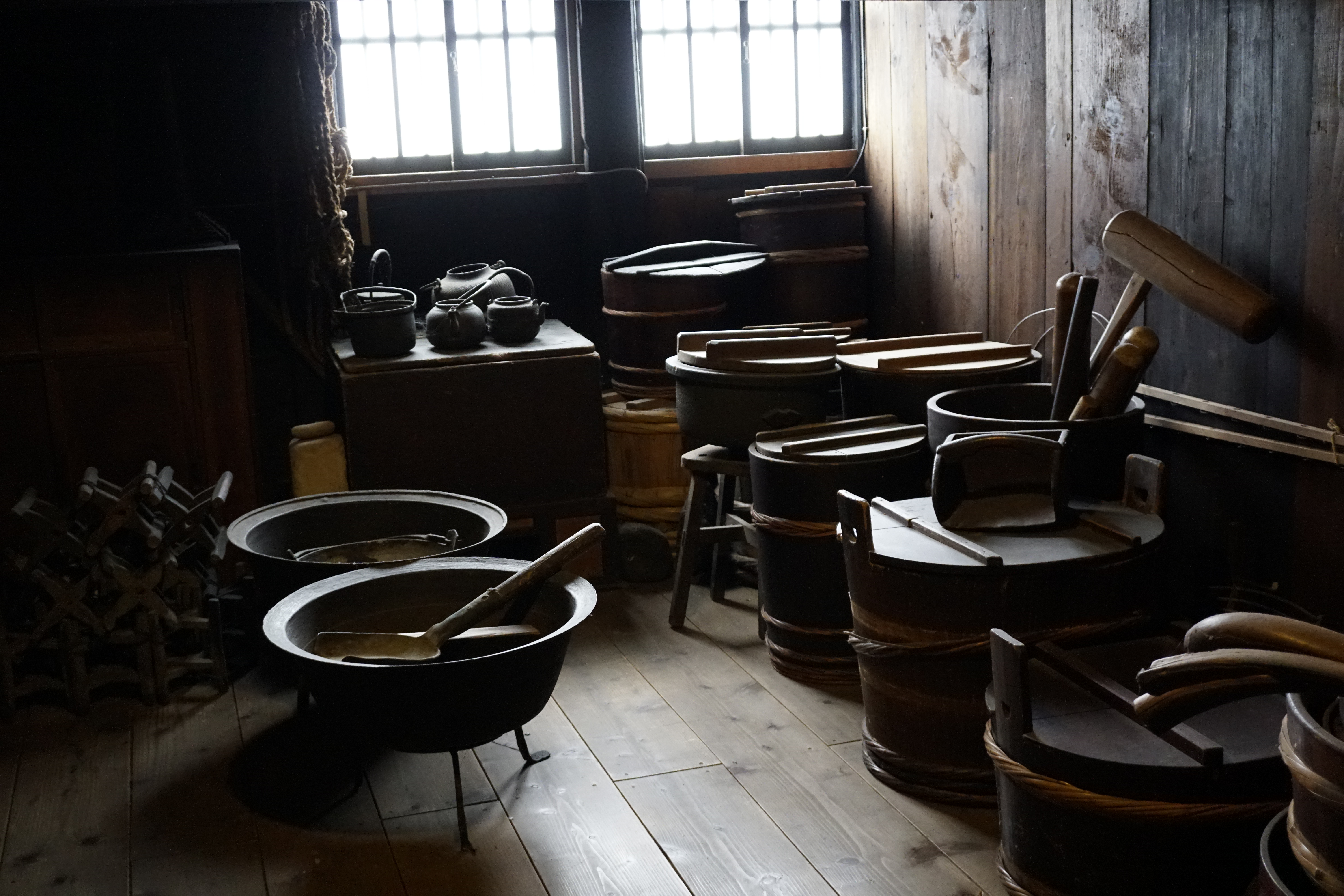
- Address
-
997 Ogimachi, Ono-District, Gifu, 501-5627

Tenshukaku Observatory
You have no doubt seen the iconic photo of Shirakawa-go that overlooks the entire World Heritage Site from above. You can see this incredible view for yourself from the Tenshukaku Observatory, perched on a hilltop just outside the village. In the background you'll notice the Hakusan mountain range and its tall peaks topping 2,500 meters. Winters in the region see an abundance of snowfall so the thatched roof houses are positioned to face north-south, which encourages snow to melt naturally under even sun exposure. This angle also improves air circulation in the houses and helps keep them cool in summer. Because the houses are grouped together facing the same direction, they create scenery that looks like the setting of a fairytale. A convenient shuttle bus is available to take you straight to the observatory, or you can enjoy a 20-minute leisurely hike up the hill. There is a restaurant and gift-shop at the top for refreshments and souvenir-shopping, but the beautiful scenery is what draws everyone there. No matter what season it is, this stunning view of Shirakawa-go is one not to miss!
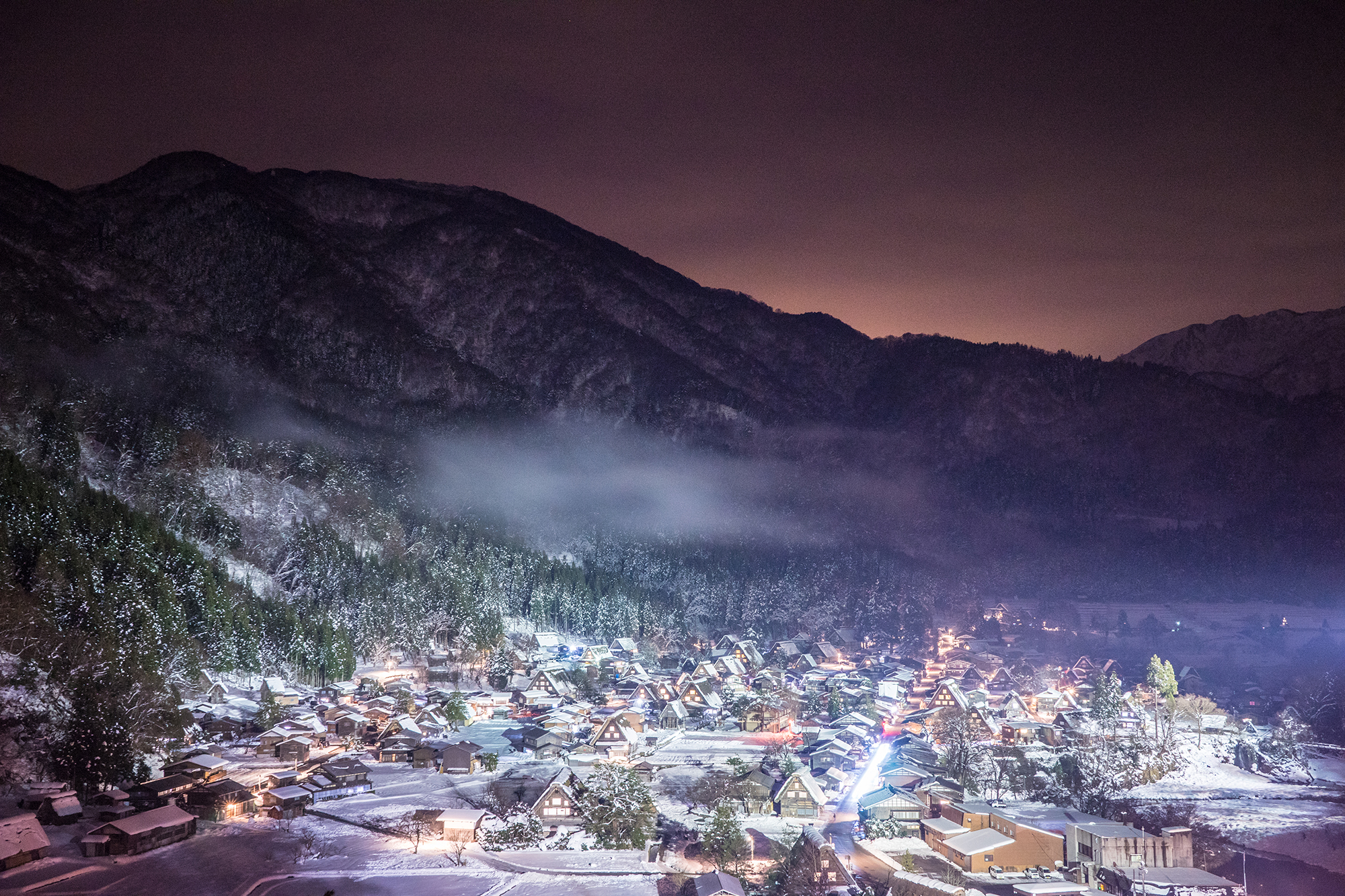
- Address
-
889 Kojimachi, Shirakawa-mura, Ono-gun, Gifu


Day3

Yokokan Garden
In the heart of Fukui City lies one of the loveliest places in all of the prefecture, Yokokan Garden. Located on the grounds of a former residence for the feudal lords of Fukui, you'll find a breathtaking Japanese stroll garden. This style of garden is designed for leisurely walks along landscaped paths that wind around a central pond. Discover sophisticated beauty in the artificial hills and decorative stones artfully planted in the landscapes of Yokokan Garden. The picturesque scenery changes from different vantage points and pond reflections reveal a parallel world of beauty along the water's edge. Yokokan was restored in 1982 and opened to the public in 1993, allowing visitors to step back in time and see how the elite of the Edo period lived. The trees are beautiful no matter what time of the year, and Yokokan Garden is the perfect place to experience Japanese elegance from times past.
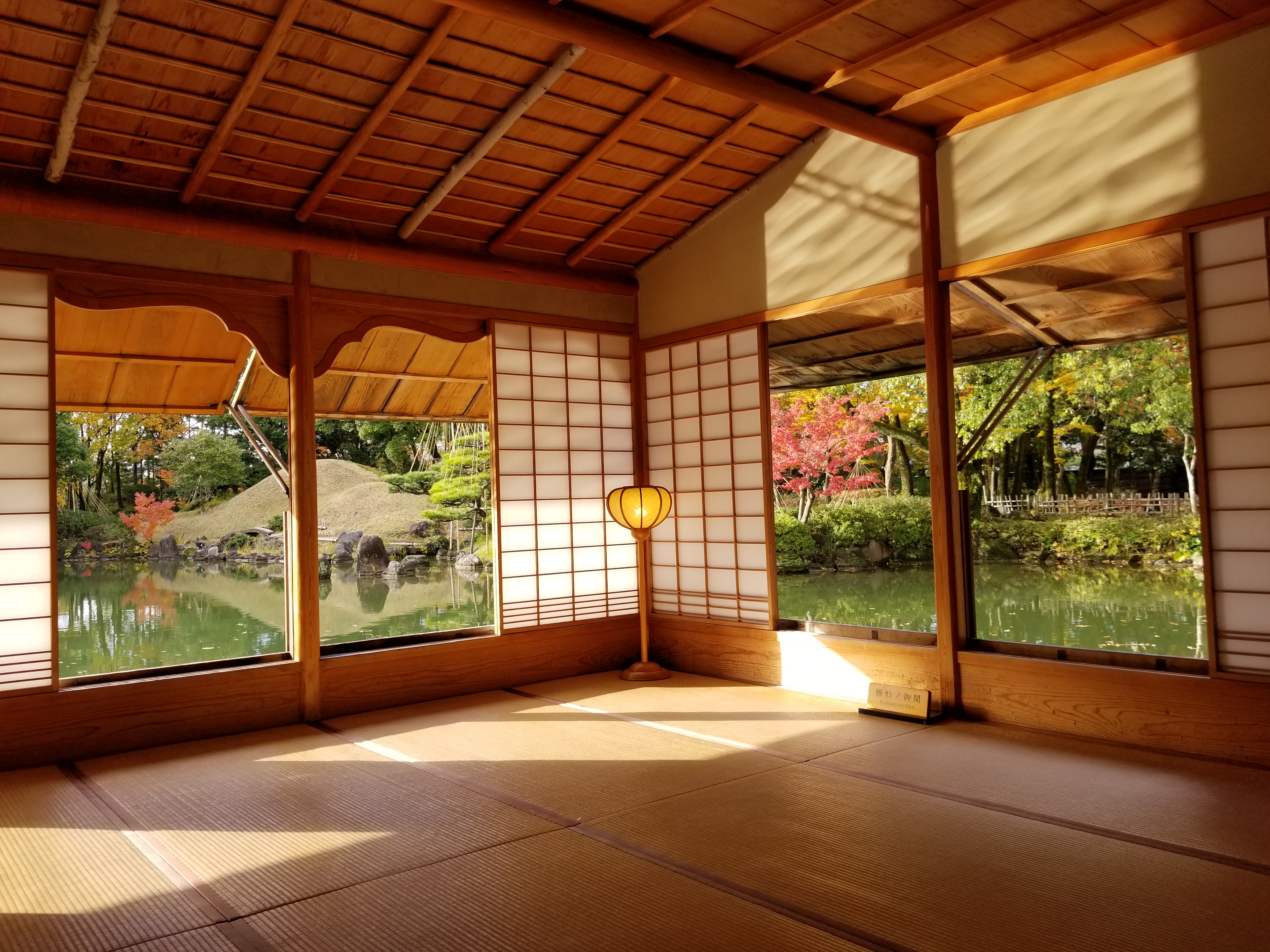
- Address
-
3-12-1 Hoei, Fukui City, Fukui Prefecture


Daihonzan Eiheiji
Tucked away deep in the mountains of Fukui stands one of its oldest temples, Daihonzan Eiheiji. Founded in 1244, Daihonzan Eiheiji has been home to Zen practitioners since its inception and the temple itself has largely remained intact since its construction. Going to Daihonzan Eiheiji is like escaping from the modern world. In fact, the late Steve Jobs, founder of Apple, is fabled to have considered becoming a monk here in his early years. The type of training that monks undergo here is considered the most difficult training within Zen Buddhism. Pay a visit to this temple where novice monks, known as unsui, reside. The surrounding forest adds to the peaceful atmosphere. Although the temple is fairly remote, the rewards of inner peace and beautiful sights make the journey here worthwhile.
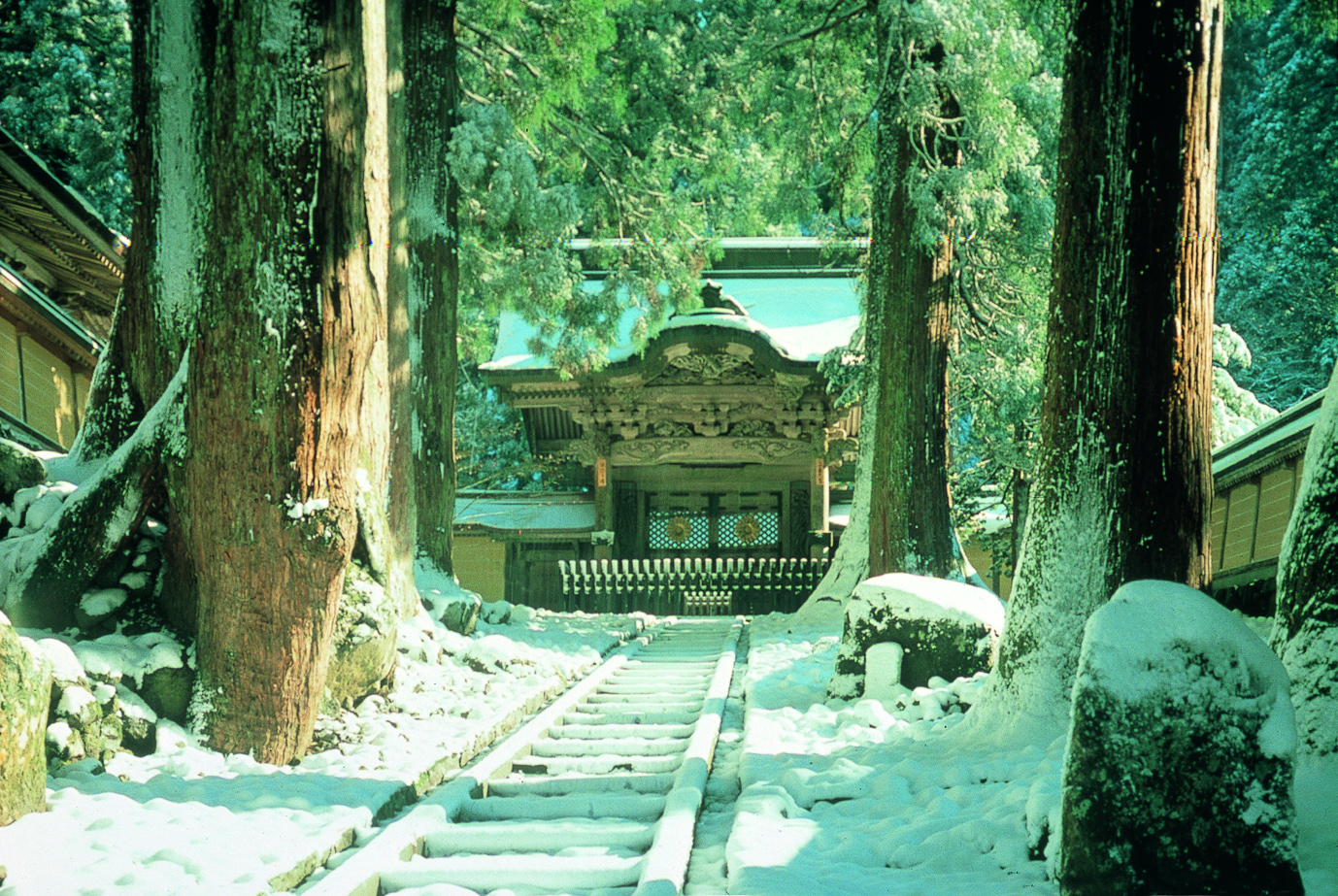
- Address
-
Shihi 5-15, Eiheiji cho , Yoshida County, Fukui Prefecture
- Site URL
- https://daihonzan-eiheiji.com/en/

